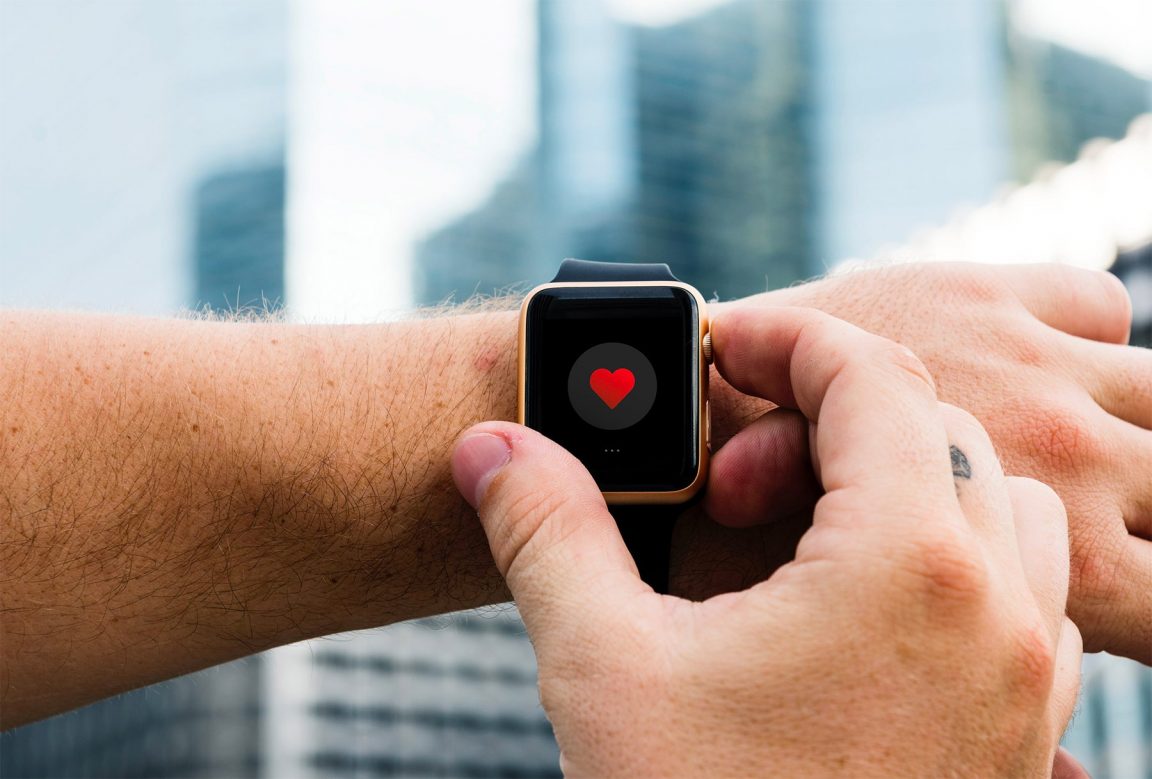How wearables can strengthen consumer relationships.
One-third of Brits believe wearable technology will make their lives better, and this sentiment appears to be echoed by consumers worldwide.
According to the International Data Corporation (IDC), global shipments of wearable devices will reach 190 million units by 2022. What’s driving this growth? If we break this figure down, it’s clear to see that smartwatches are dominating the wearable tech space, with a 63.3% share of the market predicted by the end of IDC’s forecast period.
Results from Mintel’s 2017 survey also supports IDC’s predictions of soaring smartwatch sales, whilst demand for the humble fitness band is set to plateau; consumers who were once content with counting steps are now on the hunt for increased functionality.
People are now prepared to pay a premium for connectivity, productivity and innovation, so brands are increasingly requesting greater access to more of our data. Here we explore how tech brands are using this new wave of integrated interaction, and presenting ways in which wearables can strengthen B2C relationships.
Shift from fitness to health
The Guardian recently published a hard-hitting article on ‘why exercise alone won’t save us’. Reading this feature whilst sat at a desk, the message seemed totally relevant — short bursts of exercise won’t offset the damage induced by a sedentary lifestyle. It’s time to ditch the expensive gym memberships and start embracing everyday low-level activity. This shift from ‘fitness’ to ‘health’ has created a perceived gap in the market, and wearable technology has been quick to fill that space.
Research by Mintel has revealed that out of 2,000 internet users surveyed, 38% were interested in using wearable technology to monitor their health and wellness, compared to 27% for sports and training purposes. Brand messaging has reflected these stats by promoting a personalised, integrated approach to wellbeing. Apple has responded to the danger of modern day inactivity by including a “Time to stand!” notification on their smartwatch. Set to trigger after 50 consecutive stationary minutes, this feature aims to encourage the wearer to move for one minute — like a morning alarm, it’s a good concept but can become a nuisance in reality.
In contrast to fitness bands, smartwatches have managed to appeal to a wider, health-conscious demographic, which has undoubtedly contributed to their surge in popularity. They have been able to increase their reach beyond the tech-savvy, business-minded, gym-goers, to explore the untapped potential of anyone who cares about their health.
Apple Watch’s Series 4 fall-detection feature is a great example of a brand emphasising new features to attract audiences outside of its traditional target market.
Be customisable
The brands we choose to associate with become part of our identity — and with the rise of wearables, fashion has become an increasingly important aspect of technology. Brands can capitalise on this and create positive B2C relationships by offering personalised products. Both Apple and Fitbit have invested in customisable features, with interchangeable straps giving the wearer the freedom to express their individual taste.
Customisable features invite consumers to be part of the brand journey that they’re buying into; they build on-going engagement and brand loyalty. As the name suggests, the nature of wearable tech is to be worn — a focus on fashion as well as functionality helps increase the ways consumers relate to your product, and their positive feelings about wearing it on a daily basis.
Build brand communities
If you achieve a personal best without tracking and posting it on Strava, is it worth it? Social bragging rights are becoming progressively tied up in our value judgements of sporting achievements. Smartphones originally introduced us to the social aspect of activity tracking, and wearables have helped integrate this more seamlessly into our everyday habits.
Wearable tech harnesses the power of communities by giving consumers an online platform where they can connect, support and motivate one another. Features like leaderboards and challenges capture the spirit of sport in technology, and facilitate opportunities for brands to build positive B2C relationships.
Brands don’t have to be involved in hardware production to reap the benefits from wearables; sports companies have gained popularity by launching compatible training apps, such as ‘Nike+ Running Club’. This new wave of integrated interaction allows brands to utilise consumers as ambassadors; wearers are an endless source of user generated content, word-of-mouth promotion and feedback.
Emphasise value exchange
Wearables are a constant source of data that, when used appropriately, can support the delivery of personalised, device-specific content. The implementation of GDPR last year highlighted the value of data for businesses and helped educate the public on their rights. Consumers now hold the bargaining power, and they’re demanding genuine value in exchange for their data.
Brands can offer value by creating data strategies that deliver personalised, relevant interactions throughout a consumer’s brand journey. In-store shopping scenarios provide a good example of how wearables can improve brand experience by notifying consumers of local deals dependant on GPS data.
Time to get personal
Wearables may still be relatively new in the tech space, but the take-home message is still the same: to strengthen B2C relationships, employ a customer-centric approach to everything your brand does.
If you would like to discuss how this approach can work for your brand, get in touch with our team: hello@fgbcollective.com



